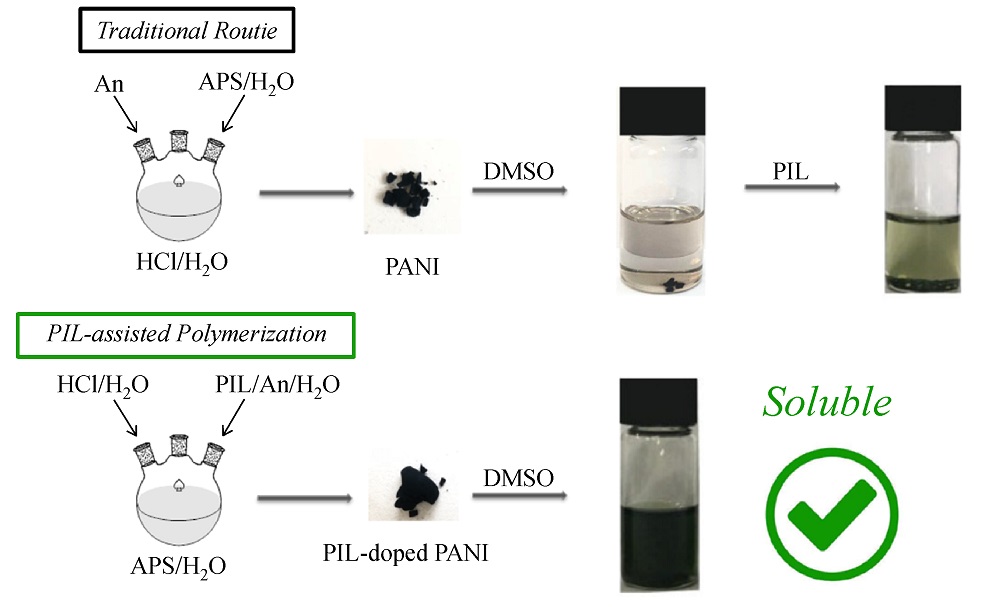Figure 5(A) shows the Raman spectrum of PANI and PANI3. The characteristic bands at 1176 and 1380 cm
‒1 were assigned to C‒H in plane bending of the quinoid rings and C‒N stretching of benzenoid rings, respectively. The band at 1506 cm
‒1 was assigned to C= N stretching from the protonated quinoid diimine units of the doped PANI. An important feature could be observed in the Raman spectra: the characteristic C= N stretching band of the PANI quinoid segments of PANIPIL was at 1474 cm
‒1, while in pure PANI samples, this mode appears at 1506 cm
‒1. This shift indicated the change in the torsion angle of quinoid benzenoid segments of PANI, which was due to the interaction between PANI and PIL-Cl [
33]. It could be concluded that these composites maintain the structure of the PANI and PIL-Cl respectively, and the interaction between PANI and PIL was non-covalent. The UV-Vis spectra of those 4 PIL-Cl doped and pure PANIs were showed in Fig. 5(A). The typical UV peaks for PANI were located at 309 and 603 nm due to the
p-
p* and
n-
p transition corresponding to the benzene and quinone units vibration, respectively [
15]. It could be observed that these two peaks were shifted in the PIL doped PANIs, e.g., at 340 and 640 nm. These dopant-induced quinone related structure in these PANIs were in good agreement with literature [
34], indicating that the PANI doped with PIL-Cl would lead the atoms of both H
+ and N to form the conjugate structure within the PANI chains. Comparing spectra of these three PANIs doped with PIL-Cl, the peaks located at the same position, which suggested that doping PIL-Cl in PANI had no significant influence on chemical structure of PANI.













